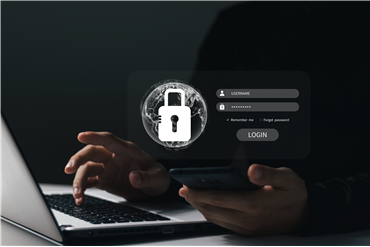Information security governance is a critical framework that organizations use to protect their information assets, manage risks, and ensure compliance with relevant regulations. It encompasses policies, procedures, baselines, and guidelines that collectively form a comprehensive approach to safeguarding sensitive data and systems.

Let's explore each of these components in detail:
Policies
Information security policies are high-level documents that outline an organization's approach to protecting its information assets. They serve as the foundation for all security-related activities and decision-making processes.
Key aspects of effective security policies include:
- Clear purpose and objectives
- Scope and applicability
- Roles and responsibilities
- Compliance requirements
- Review and update procedures
There are three main types of security policies, as defined by NIST:
- Program policy: High-level, strategic documents that guide the overall information security program.
- Issue-specific policy: Focused on particular security issues relevant to the organization, such as remote access or social media use.
- System-specific policy: Detailed policies for particular systems or technologies.
Procedures
Security procedures are detailed, step-by-step instructions that describe how to implement and enforce security policies. They provide practical guidance for employees and IT staff on carrying out security-related tasks.
Effective security procedures should:
- Be clear and easy to follow
- Align with the organization's security policies
- Be regularly reviewed and updated
- Include incident response and reporting processes
- Cover all aspects of information security, from access control to data disposal
Baselines
Security baselines are a set of minimum security controls that an organization should implement to safeguard its IT systems and data. They provide a foundation for an organization's overall security posture and help ensure consistency across different systems and applications.
Key components of security baselines include:
- Security settings for operating systems, applications, and network devices
- Vulnerability management practices
- Access control requirements
- Monitoring and logging configurations
Microsoft, for example, provides security baselines for its products, which organizations can use as a starting point for their own security configurations.
Guidelines
Security guidelines are recommendations and best practices that help organizations implement and maintain effective security measures. They provide more flexibility than strict policies or procedures and can be adapted to specific situations.
Effective security guidelines should:
- Be based on industry standards and best practices
- Provide practical advice for implementing security controls
- Be regularly updated to address new threats and technologies
- Cover various aspects of information security, including technical, operational, and administrative controls
Implementing Effective Information Security Governance
To establish and maintain effective information security governance, organizations should:
- Define a clear framework: Establish a comprehensive framework that outlines policies, procedures, baselines, and guidelines.
- Identify and assess risks: Conduct regular risk assessments to identify potential vulnerabilities and threats.
- Implement robust controls: Deploy technical, administrative, and physical controls to protect information assets.
- Establish incident response plans: Develop and maintain comprehensive incident response procedures.
- Ensure compliance: Align security governance with relevant regulations and industry standards.
- Provide training and awareness: Educate employees about security policies, procedures, and best practices.
- Monitor and review: Continuously monitor the effectiveness of security controls and regularly review and update governance documents.
- Involve leadership: Ensure executive teams and boards of directors are actively involved in security governance.
- Use automation tools: Implement tools like security information and event management (SIEM) systems to streamline governance processes.
- Measure and report: Track key security metrics and provide regular reports to stakeholders on the organization's security posture.
By implementing these components and following best practices, organizations can establish a robust information security governance framework that protects their assets, manages risks effectively, and ensures compliance with relevant standards and regulations.
To find out more about how we can resolve your IT issues please email or call us:
Send us an email Call us +44 (0)1462 416400













